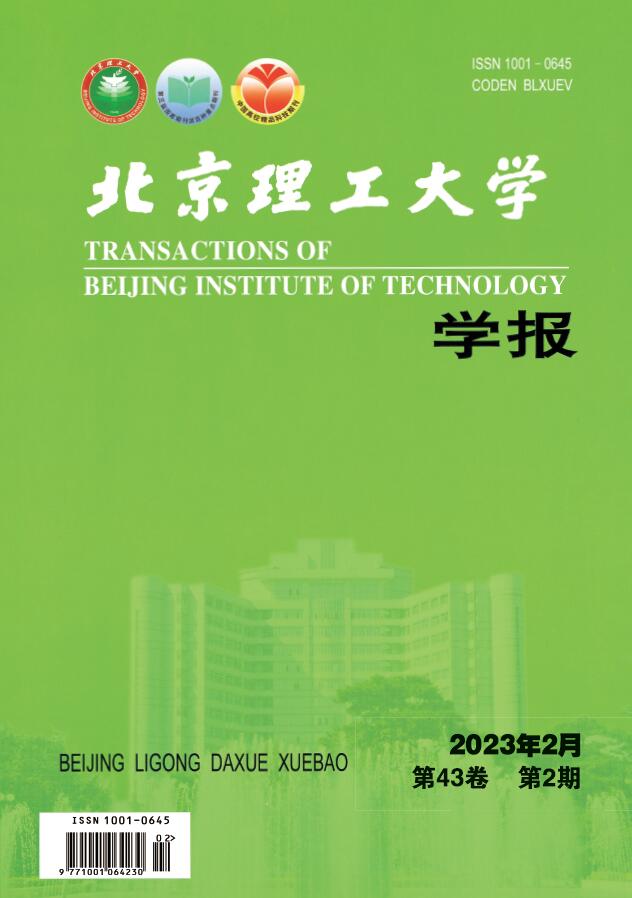2017 Vol. 37, No. 3
Display Method:
2017, 37(3): 221-226,249.
doi:10.15918/j.tbit1001-0645.2017.03.001
Abstract:
2017, 37(3): 227-232.
doi:10.15918/j.tbit1001-0645.2017.03.002
Abstract:
2017, 37(3): 233-238.
doi:10.15918/j.tbit1001-0645.2017.03.003
Abstract:
2017, 37(3): 239-243.
doi:10.15918/j.tbit1001-0645.2017.03.004
Abstract:
2017, 37(3): 244-249.
doi:10.15918/j.tbit1001-0645.2017.03.005
Abstract:
2017, 37(3): 250-254.
doi:10.15918/j.tbit1001-0645.2017.03.006
Abstract:
2017, 37(3): 255-259,273.
doi:10.15918/j.tbit1001-0645.2017.03.007
Abstract:
2017, 37(3): 260-266.
doi:10.15918/j.tbit1001-0645.2017.03.008
Abstract:
2017, 37(3): 267-273.
doi:10.15918/j.tbit1001-0645.2017.03.009
Abstract:
2017, 37(3): 274-280.
doi:10.15918/j.tbit1001-0645.2017.03.010
Abstract:
2017, 37(3): 281-286.
doi:10.15918/j.tbit1001-0645.2017.03.011
Abstract:
2017, 37(3): 287-291.
doi:10.15918/j.tbit1001-0645.2017.03.012
Abstract:
2017, 37(3): 292-296,303.
doi:10.15918/j.tbit1001-0645.2017.03.013
Abstract:
2017, 37(3): 297-303.
doi:10.15918/j.tbit1001-0645.2017.03.014
Abstract:
2017, 37(3): 304-309.
doi:10.15918/j.tbit1001-0645.2017.03.015
Abstract:
2017, 37(3): 310-313,324.
doi:10.15918/j.tbit1001-0645.2017.03.016
Abstract:
2017, 37(3): 314-317.
doi:10.15918/j.tbit1001-0645.2017.03.017
Abstract:
2017, 37(3): 318-324.
doi:10.15918/j.tbit1001-0645.2017.03.018
Abstract:
2017, 37(3): 325-330.
doi:10.15918/j.tbit1001-0645.2017.03.019
Abstract:


